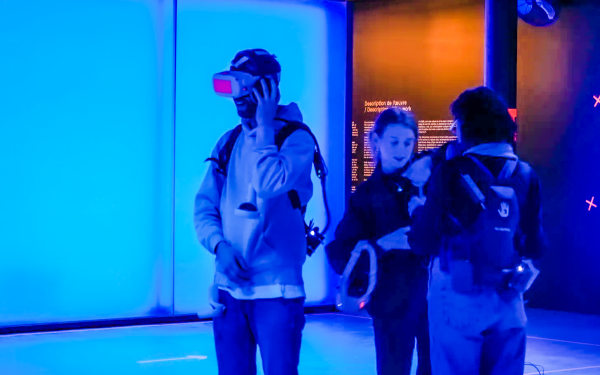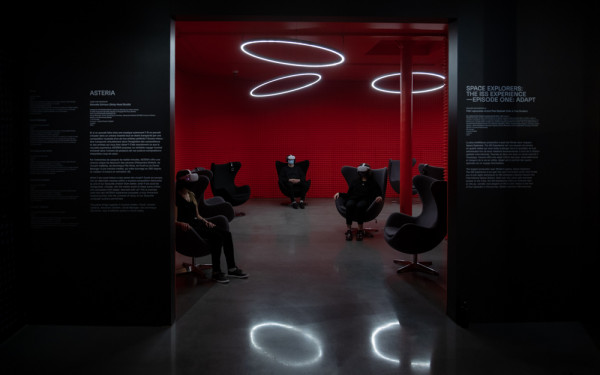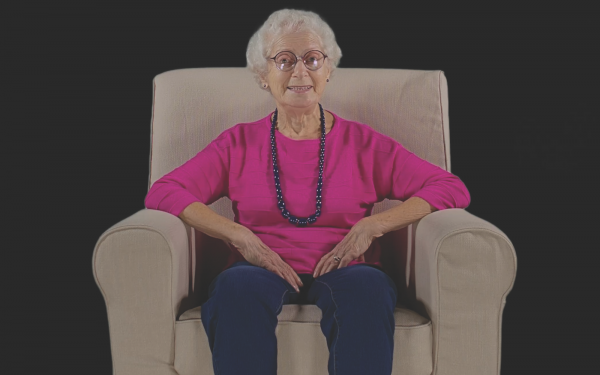VR Experience ‘Biidaaban: First Light’ Immerses Audience in Toronto’s Future
McGill Indigenous Awareness Weeks Explores Themes of Matriarchy and Indigenous Languages
You’re standing in the middle of downtown Toronto at Nathan Phillips Square, one of its busiest intersections. Trees weave in and out of the cityscape, standing tall amongst abandoned skyscrapers. Plants are growing through the cracks in the cement, and the sky is high, gleaming in a clear baby blue.
The city has been reclaimed by nature.
Where one might expect rows of cars, traffic lights, and a buzz of passersby, there is only sunlight pouring onto a sky-high rooftop garden, a solitary tent, and green growth crawling along empty buildings.
Biidaaban: First Light is a virtual reality experience created by Anishinaabe filmmaker Lisa Jackson, 3D artist Mathew Borrett, in conjunction with Jam3 and the National Film Board of Canada.
Presented as part of McGill’s Indigenous Awareness Weeks that took place at the university between Sept. 16 and 27, the VR experience was “rooted in the realm of Indigenous futurism,” according to a statement on the NFB website.
Users put on the headset and accompanying headphones to explore a futuristic vision of Toronto, where the city has merged with nature. Like a dream, the experience pulls users from one scene to another—an abandoned metro station where canoes rest, the inside of a tent sewed together with precision.
“It’s asking people to think about their role in the world, in the universe now, or in the future.” — Janelle Kasperski
The experience is immersive. Users physically walk around a sectioned space to explore the details of the virtual world, and they are stopped by a red gate in the visual sphere when they come too close to the borders.
“It’s asking people to think about their role in the world, in the universe now, or in the future,” said coordinator Janelle Kasperski, who is also McGill’s Indigenous Education Advisor.
“It gives you an opportunity to imagine a landscape that’s been reclaimed by nature,” she added.
In one scene, a woman digs a hole, staring up at a big illuminated moon. In another, stars fall from every direction as the user is suspended in the night sky. The details of each scene are immaculate.
Biidaaban: First Light spoke to Kasperski on a personal level. When she first moved to Montreal/Tiohtià:ke, she lived in Kahnawake for the first two years. During her time there, she noted the strength of the Kanien’keha language among residents.
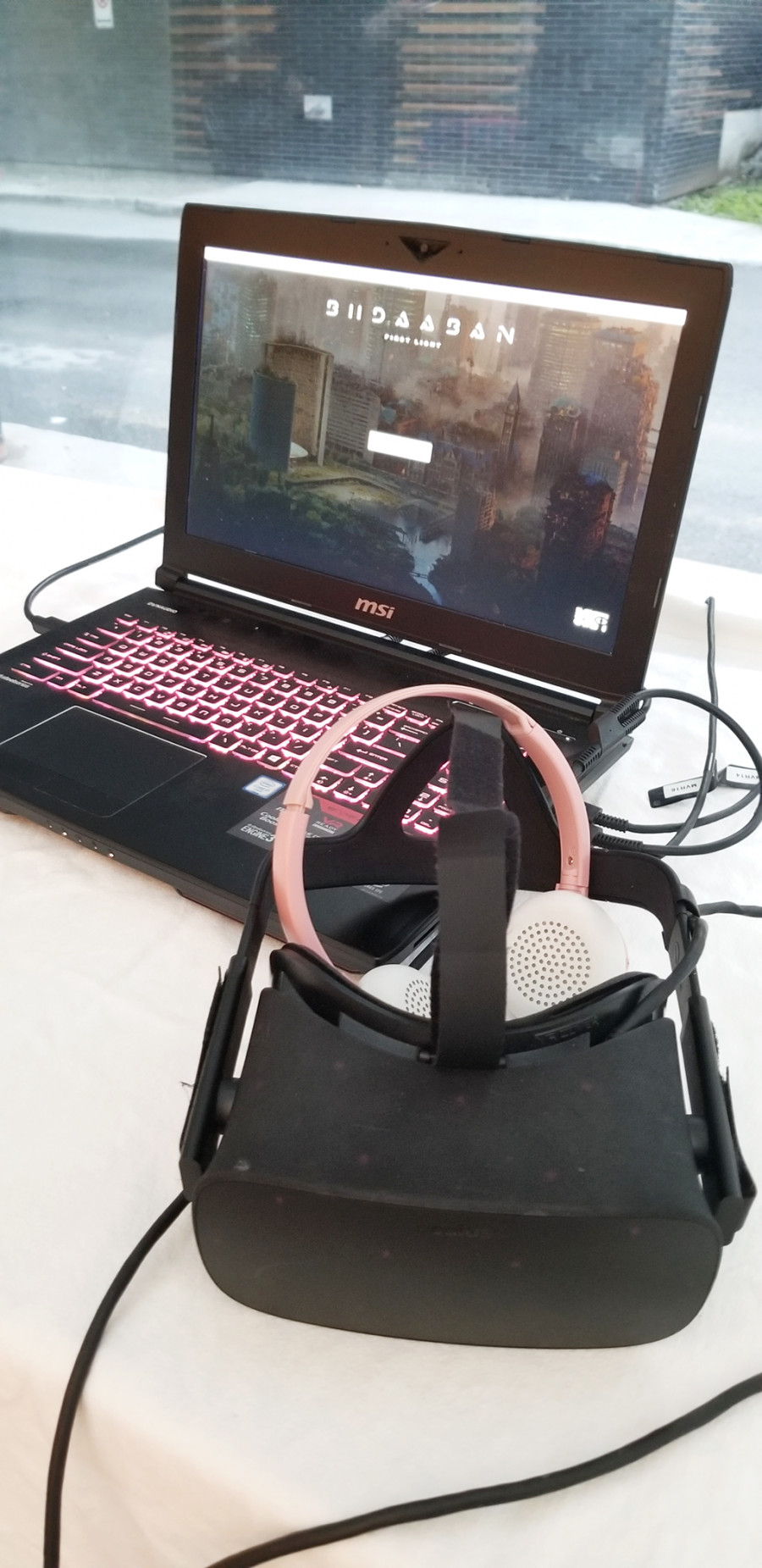
“It became so normal being around it that I started picking up certain words,” she said. Kaperski believes that if we heard these languages all the time, people would pick them up.
“You could learn, and to have respect for the lands that we’re on, and the nations that come from this place,” she added.
The themes for this year’s Indigenous Awareness Weeks were matriarchy and Indigenous languages. Kaperski brought together different Indigenous scholars and artists to explore these themes, and to “celebrate Indigenous success and knowledge,’‘ she explained.
“I think that it’s a really interesting piece of work to start those conversations and get people to start thinking in different ways about what Indigenous language means, and what it means to walk around in a world where those Indigenous languages are normal to hear,” she said.
The word Biidaaban translates to “the first light before dawn” in Anishinaabemowin. It is the idea of future and past moments collapsing into the present, a concept that audience member Sam Angel felt was represented accurately.
“The idea of envisioning Toronto as post-land reclamation is very powerful,” he said. As he often finds himself in Toronto, he explained that experiencing the space without its regular hustle and bustle allowed him to feel more present and reflect on where he is.
All events of McGill’s Indigenous Awareness Weeks were open to the public. “It’s about raising consciousness, awareness about different indigenous topics, artists, work, lives, perspectives,” said Kasperski.

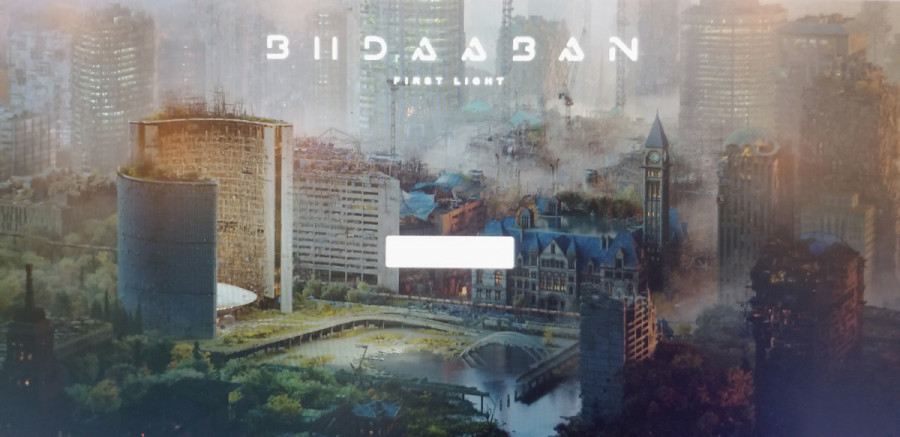
_600_832_s.png)

